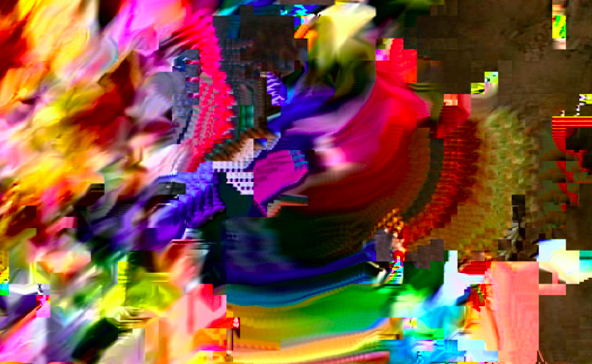April 21, 2017, 7pm
311 East Broadway
New York, NY 10002
USA
In a world esteeming technological efficiency and control, glitches and errors are avoided at great cost. When such unintelligible artifacts do appear, they are quickly removed, banished from visual imagery and the domains of official, mediated experience. Granted precision and accuracy in audiovisual media are norms and ideals dating back millennia, there is nonetheless a growing need to understand the popularity of glitch styles; noisy artifacts that seem to say nothing and communicate even less.
Understanding glitch fashions, Kane argues, requires revisionist investigation of visual art and sound histories, conducted through the lens of glitch, noise, and error. Focusing on precursors in the twentieth century avant-garde, she identifies proto-glitch strategies in the plastic arts, sound composition, and mechanical and electronic art. The presentation maps a visual and critical history of glitch aesthetics, showing its gradual implementation in the development of twenty-first century style.
Carolyn L. Kane is the author of Chromatic Algorithms: Synthetic Color, Computer Art, and Aesthetics after Code (University of Chicago Press, 2014), an award-winning book analyzing the role of electronic color in the development of media aesthetics 1960. After completing her Ph.D. at New York University and a Postdoc in aesthetics at Brown University (2015), she joined the Faculty of Communication and Design at Ryerson University in Toronto. Her forthcoming book, High-Tech Trash: Critical Aesthetics in the Innovation Age, analyzes artistic uses of glitch and failure in media art.
For more information, contact program [at] e-flux.com.


